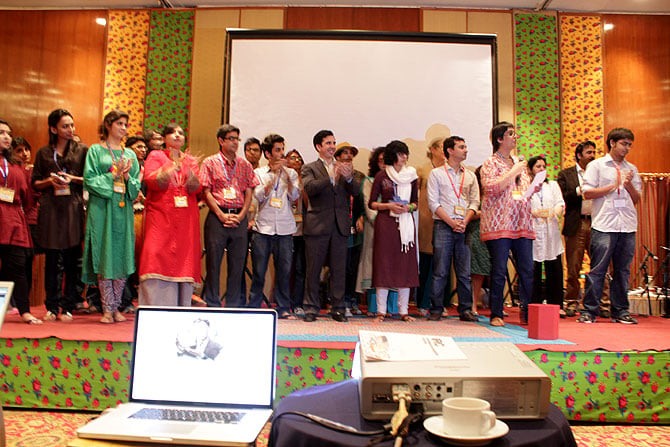
Diplomacy Outreach Through Social Media
July 16, 2012
ICS Based Smart Phones Trending in Phoenix
July 20, 2012The use of free open source software can help medical offices and facilities upgrade their IT infrastructure.
The issues around choosing open source or vendor specific computer applications in large organizations has been around for a long time and will continue to be with us well into the future. In many ways, it was Linus Torvalds and his Linux operating system that really brought this issue to the forefront of corporate IT management because it was one of the first highly successful pieces of open source software that enabled businesses to at least consider the possibility of moving their IT businesses to open source infrastructures utilizing Linux dedicated server hosting. The open source issue has many specific ramifications in the medical industry, such as standardization, expenses, privacy and government regulations. At the heart, however, many of the issues that face hospitals and clinics are the same kind of issues that other private sector businesses are dealing with regarding open source technology.

Linux has been the poster child for open source software for many years, but with vendors creating and re-selling new proprietary flavors of Linux, Red Hat Linux as a case in point, many open source advocates have been questioning whether a move to Linux is really enough to satisfy the goals that open source advocates wish to achieve.
In the medical community, open source advocates wish to achieve a number of different goals, some philosophical and some practical. On the philosophic level medical open source advocates are particularly concerned about access to private health data. Open source technologies utilize public standards and freely available software that make accessing personal health records more realistic for individual patients. Vendor specific formats and technologies could prohibit individuals from accessing their own health information. On a practical level, open source technology implementations can potentially save millions of dollars in software licensing fees.
The Linux environment today is extremely nuanced with several versions (or distros, in Linux speak) available and optimized for very specific purposes. Mint and Ubuntu are two versions of Linux that are optimized to run as desktop machines, and basically are comparable to Apple’s OS X environment and Microsoft’s Windows 7 environment. On the server side, large enterprises can host their server platforms with Fedora Core. Fedora Core is the community free version of Red Hat’s proprietary Linux implementation.
The issue that has arisen lately around open source and Linux is that Red Hat now does custom development and licensing for the Linux environment, thus making Red Hat implementations as much vendor proprietary as they are open source. But is this enough for open source advocates? It depends on what goals you are attempting to achieve.

Many open source advocates who wish to save money through acquiring software free of licensing costs point out that Red Hat licensing does not come cheap. In order to gain the cost savings required by many financially overburdened hospitals and clinics, one must stick to free community software such as Fedora. While software licenses are certainly something to be evaluated, free software does come at a price for organizations. What organizations do not pay for in licensing fees, they must make up for in support costs and technical subject matter expertise. The licensing cost for a vendor such as Red Hat bakes these support costs into the price of their licensing. It is up to each medical care facility to then weigh their own technical expertise and need for technical support with the vendor licensing costs.
The philosophical issue of open standards for health data and processes is in many ways taken care of by the fact that the Linux technology licensed or not, is an open standard that could make health data much more accessible for public consumption. A move to Linux on the desktop is where a lot of this standardization would be ideal, and that is a difficult sell for many hospitals who are entrenched in Microsoft Windows. A move toward any flavor of Linux, licensed or not, would help move the institution closer to a full Linux based environment.
Author Bio: The article is written by Jason Phillips; he is a man who is brimmed with positivity and contentment. His passion is to write on technology, gadgets and social media. Also, he is a supplier of electronic health records software, and he is of the view point that this software is quintessential.

